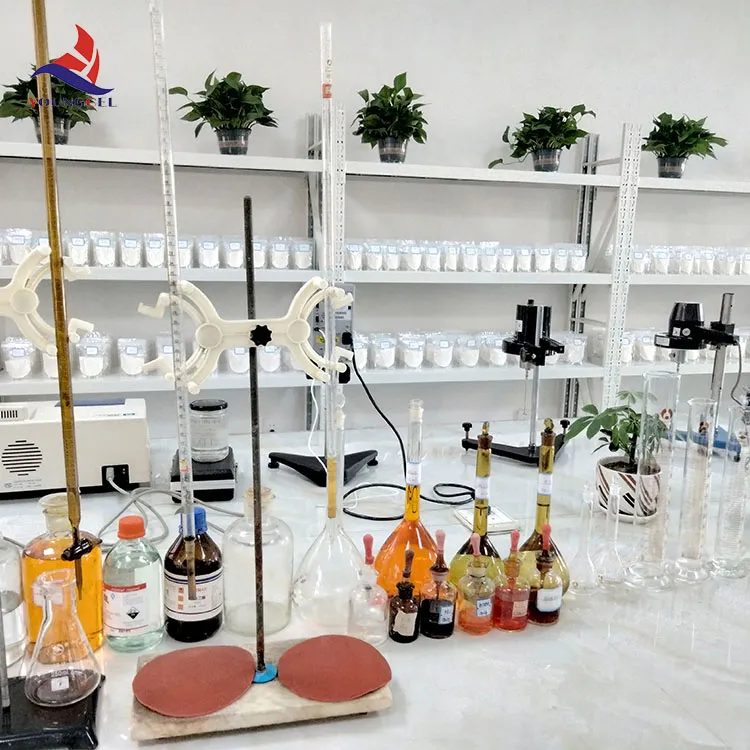What is Methyl Hydroxyethyl Cellulose?
Methyl Hydroxyethyl Cellulose (MHEC) is a white, yellow-white, or off-white powder or granule that is hygroscopic when dried and dissolves in water to form a clear solution with a specific viscosity. MHEC has good stability even in alkaline environments and is also stable in hot environments.
Alone or in combination, methylhydroxyethyl cellulose (MHEC) is the most widely used cellulose in mortar formulations. MHEC has a wide range of properties such as thickening, emulsifying, binding, molding, colloid protection, and water retention.

Properties of MHEC
Excellent performance as a water retention agent
Good thickening/thickening efficiency
Wide range of molecular weights and viscosities are available
Excellent tolerance to dissolved inorganic salts
Low toxicity and environmental friendliness
Excellent solution clarity
Applications of MHEC
MHEC is a methylcellulose derivative made from natural polymeric cellulose. It is widely used as a water retention agent, thickener, binder, and dispersant in the dry-mix mortar industry, oil drilling, detergents, and paints in many different industries.
Specific applications and their role in the application are as follows.
For cement plaster
Improves uniformity, makes mortar easier to spread, and improves resistance to sagging. Enhanced flow, thus improving efficiency.
High water retention, extending the working time of the mortar, improving efficiency, and facilitating the development of high mechanical strength during the setting period.
Air penetration is influenced by controlling the consistency of the mortar, thus eliminating micro-cracks in the coating and creating a high-quality surface finish.
MHEC HEMC HYDROXYPROPYL METHYL CELLULOSE FOR SELF LEVELING CEMENT LIVELLA CEMENTO SELF LEVELING MIX
For masonry mortars
Enhanced adhesion to the masonry surface, increased water retention, and thus mortar strength.
Improved lubricity and plasticity for better workability and easier, time-saving, and cost-efficient application of mortars made with "guaranteed" cellulose ethers.
A special high water retention version is available for highly absorbent bricks.
For filling materials
Excellent water retention for longer cooling times and improved efficiency. High lubricity for easier and smoother application.
Improves shrinkage and crack resistance and surface quality.
Provides a smooth, even texture for a more cohesive joint surface.
For use in tile adhesives
Saves working time by making dry mix ingredients easy to mix without creating lumps. Improves construction and reduces costs due to faster and more efficient applications.
Improves tiling efficiency through longer cooling times. Provides excellent adhesion.
Self-leveling floor
Provides viscosity and can be used as an anti-settling agent.
Enhances flow and pumpability, thus improving flooring efficiency.
Controls water retention, thereby greatly reducing cracking and shrinkage.
Extruded concrete slabs
Enhances the processability of extruded products with high bond strength and lubricity.
Improves wet strength and adhesion in sheet extrusion.
Water-based coatings and paint strippers
Extends shelf life by preventing solids from settling. Excellent compatibility with other ingredients and high bio-stability.
Fast dissolving and mass-free, helping to simplify the mixing process. Cold water dispersion of the model product allows for quick and easy mixing without agglomeration.
Produces good flow characteristics including low splash and good leveling to ensure a good surface finish and prevent paint flow.
Increases the viscosity of waterborne paint strippers and organic solvents so that the paint stripper does not run off the surface of the workpiece.
-
Premium Detergent Grade HPMC Hydroxypropyl Methylcellulose: Superior Thickening & StabilityNewsAug.31,2025
-
HEC 100000 Hydroxyethylcellulose for Paint | Superior ThickeningNewsAug.30,2025
-
Wall Putty Rdp Powder Packaging DesignNewsAug.29,2025
-
Introduction to Hpmc Hydroxypropyl Methyl CellulosNewsAug.29,2025
-
Hpmc Industri Grade IntegrationNewsAug.29,2025
-
How to Choose the Right Construction AdhesiveNewsAug.29,2025





